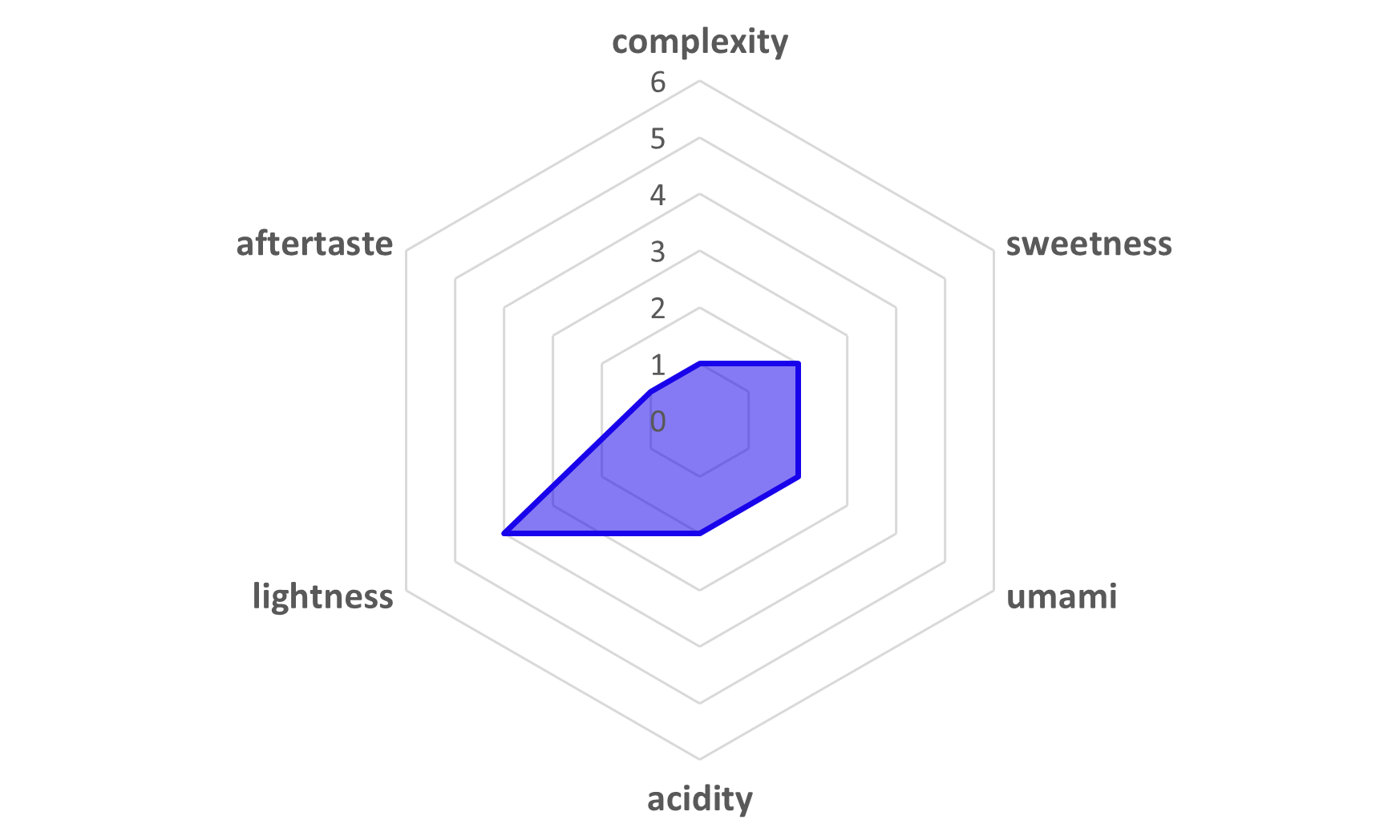なし
日本酒の甘さや辛さを表す指標。一般的にマイナスは甘さ、プラスは辛口を表します。
酸味の総量を数値化したもの。酸度が高いほどキレとコクがあり、低いほど軽快で甘みがあります。
外側から削り取った後に残ったお米の割合。表層を削り落とすことで、独特の香りと不純物のない酒を造ることができます。
"The aroma is gentle, like that of courgettes, green jujubes and young leaves, like the winds of April and May. The line is thin and clean, with a sake aroma. The taste has spicy notes of tree buds and sansho (Japanese pepper), and the sharpness of the flavour brings out all the contours. The straightforward taste allows it to be enjoyed on any occasion. The aftertaste is subdued. Recommended served cold or at room temperature."
Professional French Chief & YUKARI Special Ambassador
"The aroma is extremely gentle. There is almost no noticeable yeast-derived ester aroma, instead, it offers a mild fragrance of sake rice and koji, reminiscent of gentle chestnuts and glutinous rice flour (known as "domyoji" flour), with hints of iodine-like aroma resembling soil and sea breeze, along with the richness of soft fermented butter. There are subtle notes of white pepper, hinoki (Japanese cypress) scent, and a faint smokiness. The flavor is somewhat dry and light. It carries a refreshing acidity and a pleasantly integrated bitterness that adds depth. The finish is somewhat short. It is recommended to enjoy this sake slightly warmed, with temperatures ranging from 20°C to 45°C. A large porcelain guinomi (sake cup) is ideal, with a straight shape that allows the aroma to be perceived without being trapped."
Sommelier of Sake / Sake Diploma & YUKARI Special Ambassador









